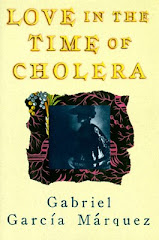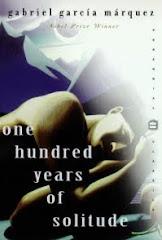
The readings for this week in both ENG 570 and 577 seem to go hand in hand. Wysocki's "On Visual Rhetoric" compliments the topics that have been discussed in both classes. One quote that stuck out to me is "Our culture throws more visually shaped texts at us than we grew up learning to expect or to be comfortable analyzing." pg 185. Our culture has become plagued with visuals: visuals that say one thing but mean another, visuals that are symbolic, visuals that are ironic, visuals that are meaningless, visuals that are thought provoking, visuals that make us cry and laugh. As I suffer thhough the perils and joys of teaching English to high school students I am aware that visual rhetoric is a topic of learning that my students will inevitably encounter. And just like Wysocki suggests, "Learning to analyze and use visual rhetoric can help people in our classes compose effective texts..." pg 183 Students must be provided with tools for analyis that they can consistently refer to when working on their writing. So what are these tools? Though I am not entirely sure, I do agree with something that was recently mentioned in ENG 577. If students are to analyze and write about visual rhetoric, they must also compose their own visual rhetoric pieces. My classmate Lauren actually mentioned one assignment she did with her students in which they produced some sort of text/image poster. She spoke about the great success she had with this particular assignment and how her students seemed to have gained a lot of knowledge and insights on visual rhetoric. This along with the readings and recent discussions in class leads me to believe in the importance that as students learn about the qualities and emergence of visual rhetoric in their world, they must also be allowed to produce their own pieces. By allowing students to create, they may be better prepared to critically analyze their own work, but also the images and words that immerse their lives on a daily basis.
On a different but similar note, I have been spending a lot of time lately on a visually and brain stimulating website http://www.exploratorium.edu/ this is the website for the museum the Exploratorium which is located in San Fransisco. It is filled with interesting stories, facts, teaching tools and other cool things. For stuff that English teachers may like click here http://apps.exploratorium.edu/10cool/index.php?cmd=browse&category=13








